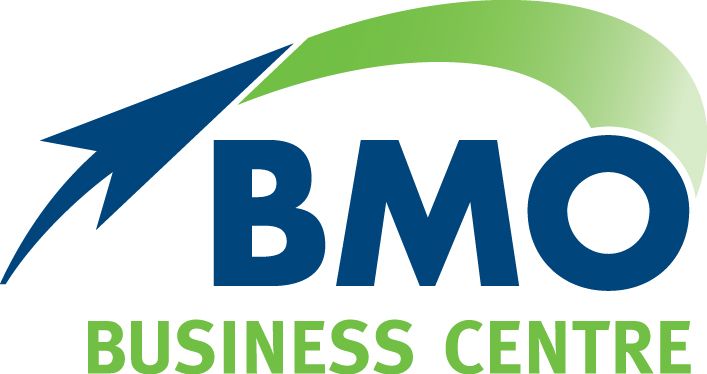How to create a memorable event
If you’ve ever been thrown in the deep end to help organise an event, whether it be the school cake stall, your sister’s wedding or a workplace training day, you’ll know that putting on an event can be a a huge ask! Getting it right can bring great results – like raising lots of money for charity or watching a newlywed couple experience their day. For businesses it can mean attracting new customers, rewarding existing customers, and keeping your team positive.
So what is the key to successful event management? It comes down to five Ws.
Who – Think about your audience and tailor the event to suit their interests and current trends. If your event is for families make sure it is child friendly. If it’s for older people make sure the catering and music will suit the crowd.
What – What is going to draw the interest? Use a theme, music, decorations, guest speakers. Food is also important. Do up a contact list for every supplier and entertainer so that you have phone numbers quickly at hand if something goes wrong.
Where – Get the venue right. Indoors or outdoors? Remembering your climate variables – weather, insects, wind and dust. Think about access, parking and atmosphere. I.e. don’t have a huge space for an event with 40 people as it will feel empty.
When – Get the time of year right. For example, don’t hold a big fundraiser just before Christmas when people are already cash-poor. When is also about getting the timing right DURING the event. Have a detailed run sheet about what is to happen when. Start your run sheet from the set up to the pack down. Brief your MC very carefully so they know what is to be happening when.
Why – Don’t forget WHY you are doing the event and make it special. Use theming, special touches to make a difference. When the event is over be sure to thank those who helped and those who came along to support it. Write a personal note or put an advert in the local paper as a special touch.
How – Be prepared. Set up early, have your checklists and consider what could go wrong! You must be prepared for anything – a technical glitch, a clash of events, bad weather or a food shortage. Risk management – consider worst case scenarios and brainstorm how you would handle them. I.e. bad weather? Have a wet weather plan. Technical hitch? Have the sound person’s mobile number handy, know the location of the nearest back up microphone. Band doesn’t arrive? Have a playlist ready to plug into the speakers. Some things are just out of our control, so just do your best, keep calm and find a way for the show to go on!
Need help with your next corporate event, training day, board meeting or auction? We can assist with venue hire and catering. Check out our conference centre here and contact me for availability and a quote today.
The post How to create a memorable event appeared first on BMO Accountants.


